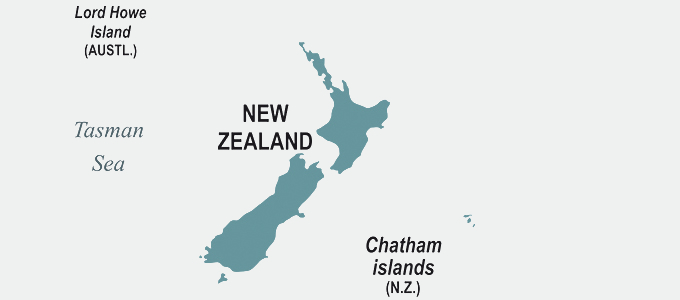The market approval in New Zealand is based on the national requirements of the competent authority MBIE as well as the requirements for CE marking based on the Radio Equipment Directive (RED).
The duration of the authorization is permanent, with the involvement of a local representative being mandatory.
After completion of the approval by MBIE (Ministry of Business, Innovation and Employment),
the manufacturer is obliged to use the certification label.
| Country | New Zealand |
|---|---|
| Continent | Oceania |
| Approval Scheme | MBIE |
| Based on | National/RED |
| Duration of approval | Permanent |
| Approval label required? | Yes |
| Local representative required? | Yes |
| Local testing required? | No |
| ISO2 Code | NZ |
| Time zone | GMT +13 |
| Official language | English |
| Area code | +64 |
| Currency | New Zealand Dollar |
Responsible for the market approval of devices with radio technologies in New Zealand:
Ministry of Business, Innovation and Employment
15 Stout Street, Wellington 6011
PO Box 1473, Wellington 6140
Phone +64 4 472 0030 or +64 4 917 0199
Fax +64 4 473 4638 or +64 4 917 0190
info@mbie.govt.nz
08/10/2023
The Minister for the Digital Economy and Communications of New Zealand has issued a statement
of Government Policy and Directions to the Secretary for Business, Innovation, and Employment.

The policy aims to have competition in the provision of communications services, and take
international Radio Regulations into account in licensing and spectrum planning.
Notably in the directions: New radio licenses will not be granted for the following frequencies
until the government is able to make a final decision on their long-term uses:
Exceptions may be made and licenses may be issued if necessary for the following purposes: